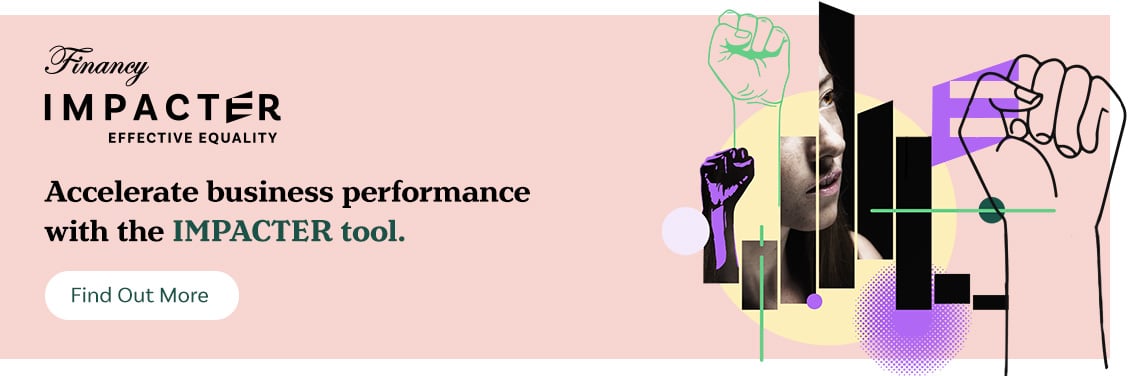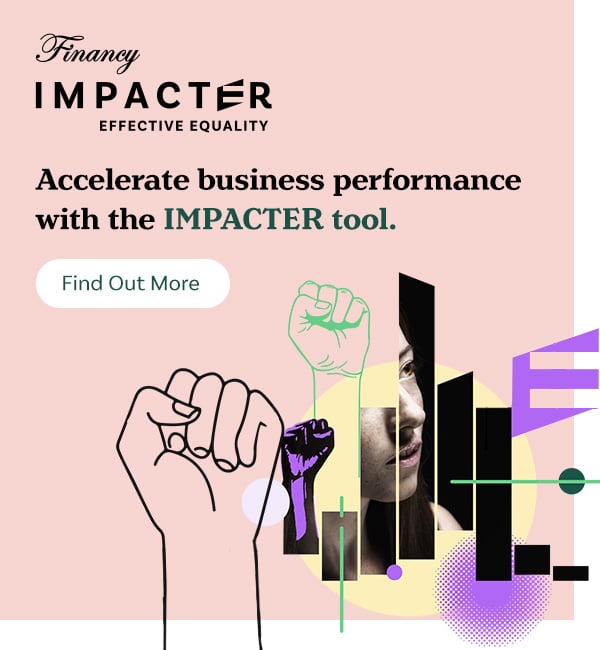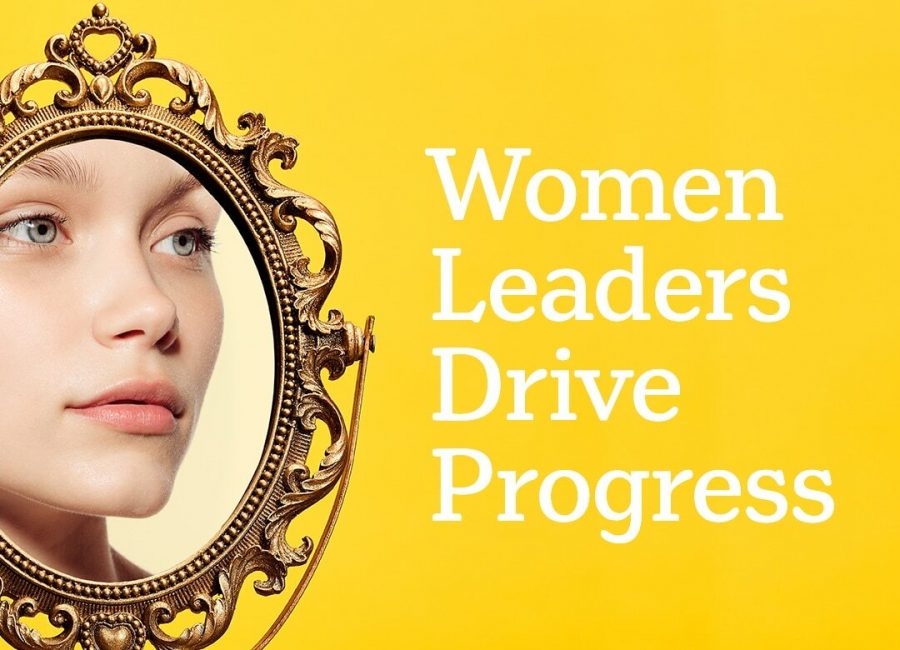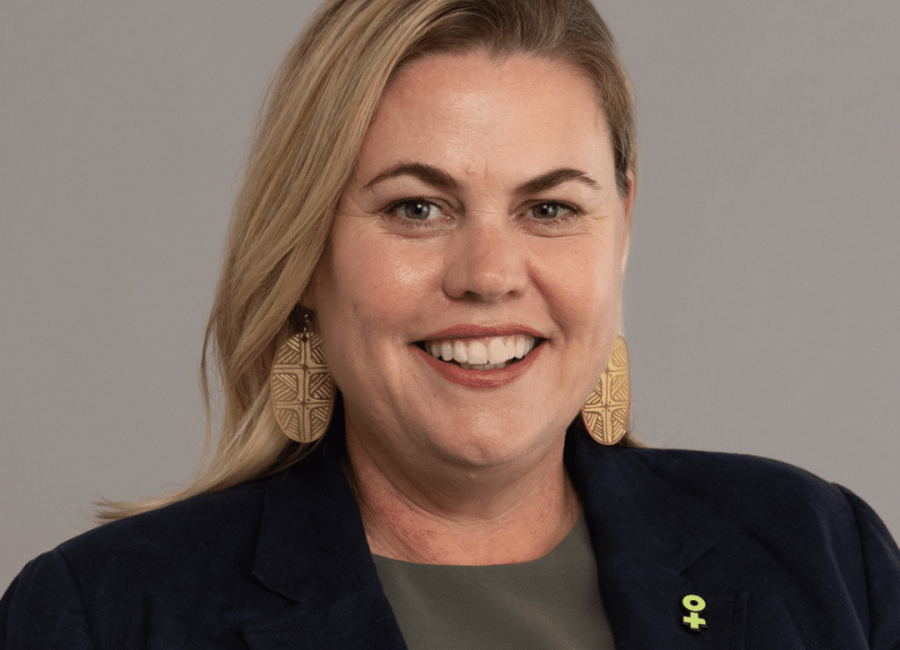This Financy article was first published on Yahoo Finance. There are calls for the Federal Budget to address a worsening gender crisis that’s hurting women in the areas of financial equity and domestic violence.
In all the years that I have covered the Budget, typically unveiled in May, there has been little in the past 6 years to address systemic financial inequalities in the workforce and society, as seen largely in gender gaps in paid and unpaid work.
This year I’m hoping that a female-lens will be applied to the Budget given that the Motherhood penalty kicked into full-swing with COVID-19 home-schooling and as containment measures forced the closure of many female-dominated services industries such as Food and Accommodation Services, triggering an early spike in female joblessness relative to male.
But some female business leaders aren’t as hopeful which perhaps is unsurprising given the government’s track record on women’s issues and that only a quarter of the ministry is female – hardly representative of the 51% of Australia’s who are women.
“Realistically, the current conservative legislators have proven time and time again that they are not prioritising those most affected by both the outdated attitudes towards women in Australian nor those most impacted by Covid-19, women, “ says Michelle Redfern Founder of Advancing Women in Business & Sport.
Measures to eliminate violence against women – In my opinion there is scope to do this and to add additional funding to this measure in the Budget.
Ms Redfern is calling on the government to increase funding towards programs aimed at eliminating violence against women.
Currently there is no national coordination effort at a government level to address the crisis of violence against women.
Australia is seeing an increase of violence against women, which in part has been exacerbated by the global COVID-19 pandemic and various lockdowns.
“These rates of violence against women are not decreasing and the impact on the economy is estimated to be greater than $21 billion annually,” says Ms Redfern.
“The government must address the issue of violence against women with a legislated, coordinated response at a national level, or effort will remain fragmented, and agencies currently tasked with providing remediating and emergency response will become (even more) overwhelmed.
Reinstate the women’s Budget paper – In my opinion this is unlikely given it was a Labor initiative but we can hope.
The Economic Security 4 Women (eS4W) and partner organisation Femeconomy are also calling on the government to deliver a Gender Responsive Budgeting (GRB) by reinstating the annual gender budget statements and integrating gender impact assessments into budgetary decision-making processes.
In 1984 Australia was the first country in the world to develop, apply and implement GRB and had a 30-year history of delivering the Women’s Budget Statement (WBS) until 2014.
The annual statement was launched under the Hawke-Keating Labor Government in 1983. However, in 2014 under the Abbott Liberal-National Coalition Government, the Statement was not published.
“Women have already been adversely affected by COVID-19, a reinstatement of WBS to monitor steps to reduce any further disadvantage during the recovery stage would assist in mitigating economic growth,” says Sharen Page spokesperson for Economic Security 4 Women (eS4W).
Close the gender pay gap – In my opinion it is unlikely the government will do anything here beyond supporting funding on gender pay gap research.
eS4W says the Federal Government can help narrow the Gender Pay Gap by legislating above average wage increases for sectors and professions with a high proportion of female workers such as nurses, social workers, teachers and carers.
In addition to this, there are also calls to amend the equal pay legislation by ensuring women in historically underpaid female-dominated industries receive the same remuneration as men in different but equal-value work.
The gender pay gap remains significant with women earning, on average, 13.9% less than men for full time work. Occupations that have a high concentration of women in the workforce tend to have lower incomes.
Close the gender gap in superannuation – In my opinion we could see some changes announced by government here to superannuation and there is an opportunity to address the gender gap through various measures.
In the current superannuation system it’s not mandatory for superannuation to be paid on parental leave. And as most women take the bulk of this parental leave, most women forfeit their super once a child arrives until they are back in the workforce.
Legislative changes are needed to ensure all employers continue to provide the superannuation guarantee to staff while on parental leave regardless of gender.
In addition, there have long been calls for the government to remove the $450 monthly income threshold for superannuation contributions to commence. The reason for this is because many more women than men work part time or in casual employment in order to also be the primary carers for children.
According to Industry Super Australia, current trends in wages and workforce participation will mean that by 2030, men will retire with an average superannuation balance of $432,000 which is 39 per cent above the $262,000 average balance for women.
Increase female workforce participation – In my opinion there has never been a better time to do more to address the drop in female workforce participation that we have seen because of COVID-19.
The pandemic has reversed two years of growth in full-time employment numbers, according to the June quarter Financy Women’s Index.
Boosting female workforce participation is a key ingredient to eliminating financial inequality in Australia and to also supporting economic growth.
The measures that could be introduced to better support female workforce participation include:
Funding additional childcare centres in areas identified from the Census of Population and Housing with the greatest need,
Increasing subsidies to ensure childcare is affordable for working parents and those looking to return to paid employment and
Providing more affordable ‘in home care’ options (for remote women, or those who do not have access to a child-care centres, for example)
Establishing a roadmap to achieve universal early childhood education.
Relative to other countries, childcare remains expensive in Australia. According to the OECD, childcare in Australia, the costs for a two-earner couple on median earnings is approximately 30 per cent of a woman’s median full-time earnings. This is almost double the OECD average of 16 per cent.
Recognise Unpaid Care Work – In my opinion, a carer’s credit is unlikely because the government may deem it too radical but we are on the right track with this one.
eS4W is also calling for recognition of the economic contribution made by women when it comes to unpaid work by introducing a government funded “carer credit” for qualified carer benefit recipients.
Credits are allocated in the form of superannuation payments, pension top ups and other government services as a payment for the savings to the budget these carers implicitly accrue from their unpaid care for dependent family members.
The government has an opportunity to address these issues in the current Budget and recognise that COVID-19 has had an impact on worsening gender inequality in Australia.
Join the Financy social communities that support achieving economic equality on LinkedIn and Facebook or follow our official pages on LinkedIn, Facebook, Instagram and Twitter.













